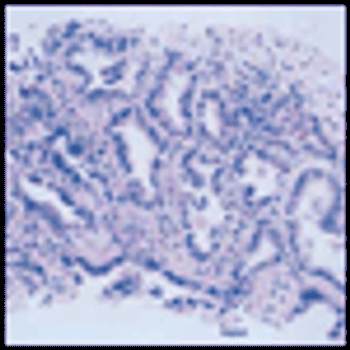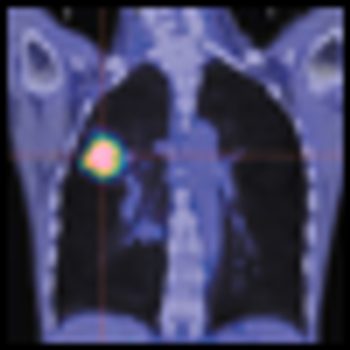
In the conclusion to the article “Proton Radiation Therapy for Lung Cancer: Is There Enough Evidence?” Dr. David Bush puts his finger on the critical issue underlying most debates about the value of new medical technologies. He notes that “The evidence required to bring new technology into clinical practice is poorly defined.”[1] In the specific context of this article, the answer to the question of whether or not there is enough evidence depends entirely on how one chooses to define “enough.” Some experts believe that biological modeling based on dose distributions is sufficient to conclude that proton therapy improves health outcomes. Others have argued that the evidence is only adequate once randomized clinical trials have been completed to directly compare alternative interventions. Whatever one’s position on this issue, the lack of clarity on the question of adequacy of evidence is a major contributor to the gaps in knowledge about the comparative effectiveness of many widely used clinical interventions. Accelerating the rate at which this knowledge is generated will require a serious and sustained effort to define these evidence thresholds. This would allow more energy to be channeled into generating the needed evidence and less energy to be devoted to debating whether or not the evidence we have today is good enough.

















































































